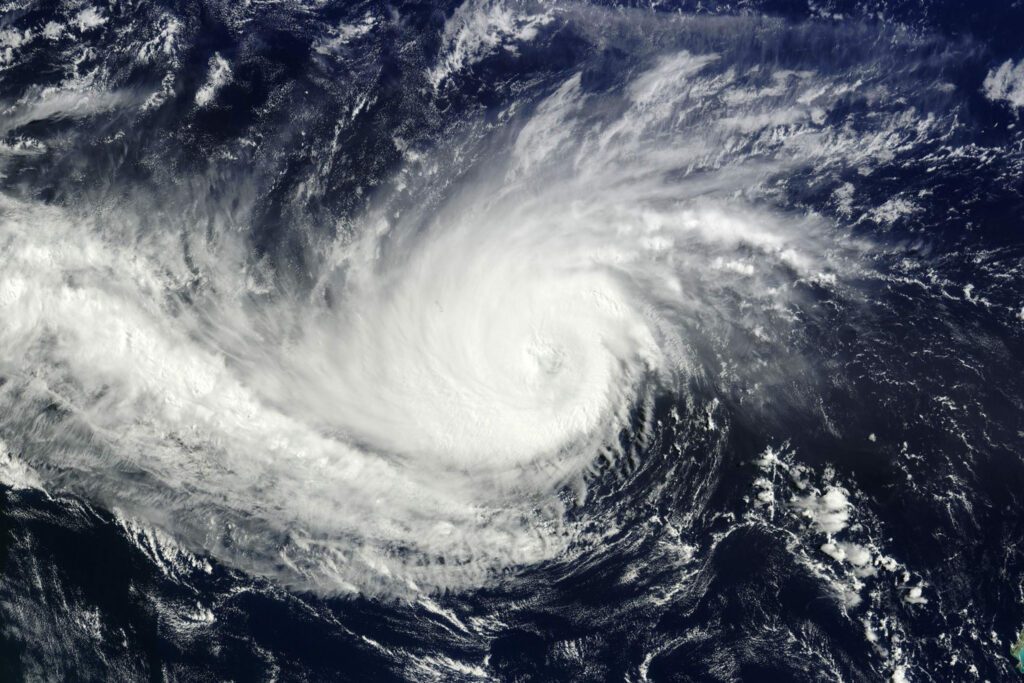India had only started to carry out relief and rescue missions after Tauktae’s dissipation that there was another very severe cyclone Yaas striking the country’s eastern coast. The two cyclones are said to be one of the strongest storms that India has ever witnessed in the past since the Gujarat cyclone of 1988.
Phenomena such as warming oceans, rising sea levels, climate change, and changing meteorological conditions have increased the risks of cyclones. However, our cyclone forecasting techniques have also grown exponentially, saving a million lives over the years. But, the impending natural disaster is less likely to be avoided. The precise stats will take some time to be rolled out, but the cases of house damages and COVID-19 facilities damages are being reported across the affected areas.
An ounce of prevention is a pound of cure
The saying stands true in the case of tropical cyclone safety. The best way to minimize the damage caused by natural disasters is to prepare by planning for them in advance. Having risk prevention & mitigation plan helps prepare and build back to normal faster than having no plans at all.
If you are a facility manager and your facility has been affected by the cyclone, the planning needs to be foolproof before you restart your business activities.
- Do the damage assessment:
A proper damage assessment of the facility/building structure after the cyclone has passed is extremely important to ensure the durability and reliability of the facility. Check for the problems that may have developed in the building structure and carry out a technical assessment as a precautionary measure. If found any, prepare a detailed report contained with data and information required to repair or renovate the facility.
- Check for waterlogging:
If you are facility is located in a low-lying area, waterlogging might be a threat to your facility, potentially causing irreparable damage to electrical panels, data centers, and machinery. Carefully inspect each area of your facility for stagnant water. If found, use de-watering pumps to dry out the water immediately. Ensure that all the electrical panels, machinery, and equipment are completely dry and debris-free before using.
- Beware of ignitable liquid spillage:
Ignitable chemicals and liquids such as fuels, process chemicals, hydraulic fluids, solvents, paints, coatings, adhesives, and polishes are used in almost every facility. Ensure that there’s no spillage or leakage of ignitable liquid or contaminants on the floors to avoid a spreading pool fire. Separate the unaffected stock from the affected, provide adequate protection to them, and keep them in a secure place.
- Inspection of fire protection systems:
Before you restart your facility, make sure that both automatic and manual fire protection systems are in working conditions. Replace or repair the fire protection systems if found impaired as these are critical safety systems for your facility.
- Testing machinery & equipment:
It is strongly advised to conduct performance tests on your machinery and equipment to check if they are in working condition. Dirt and dust can easily clog filters, cooling fans, and vents leading to failure. Plan for an intense clean-up of the machines to avoid downtime which may come with expensive costs.
- Cleaning the facility for a better restart:
Clean and disinfect your facility well with the help of a professional cleaning services provider before restarting business operations. Floors, carpets, mats, restrooms, and HVAC filters- all these should be thoroughly cleaned and disinfected to host your returning employees and visitors. Pay special attention to the tap water pipes as these are susceptible to bacterial growth.
You can also plan ahead of the cyclone by checking out our Facility Manager’s Guide to Cyclone Preparation & Mitigation.




